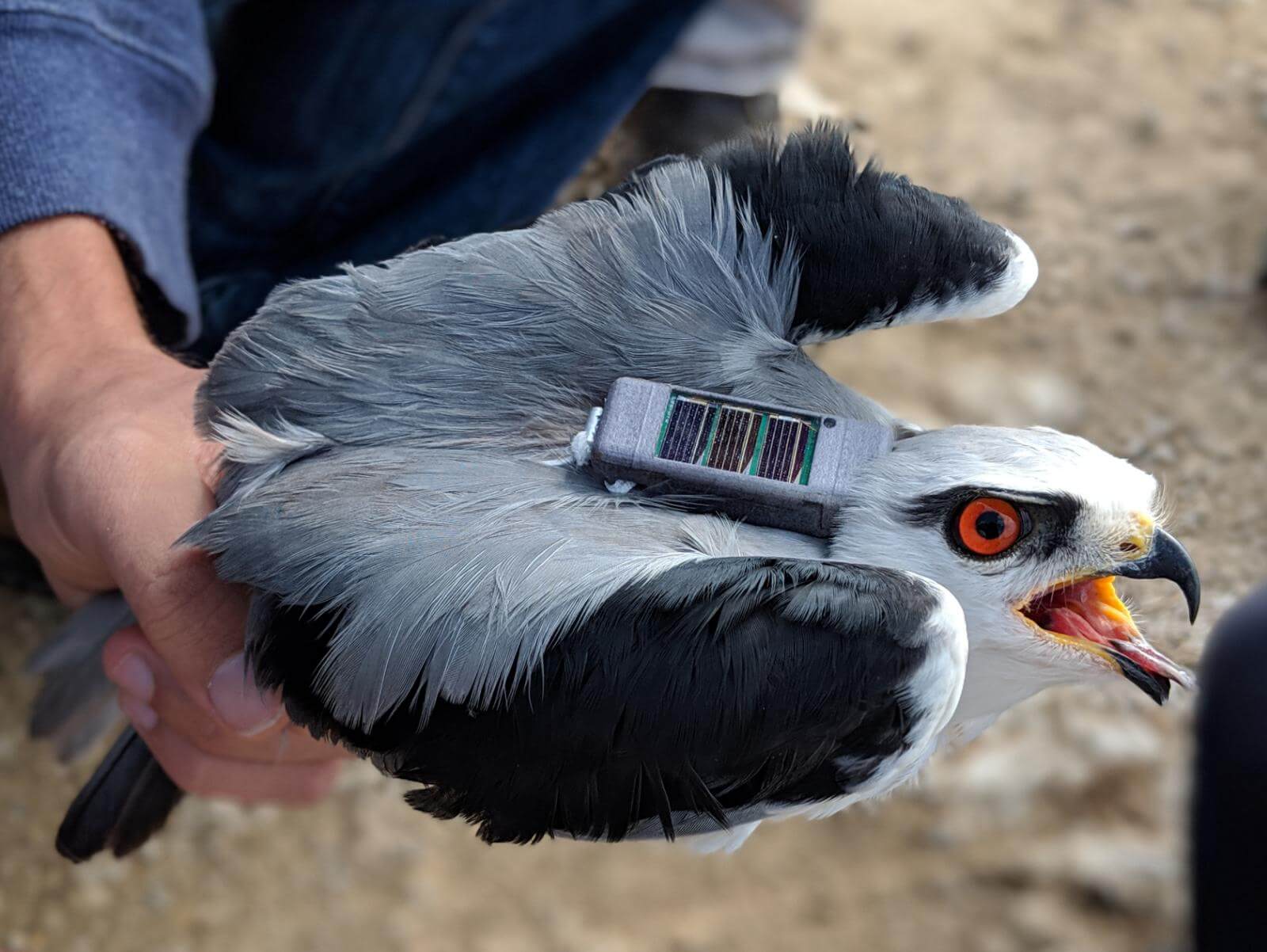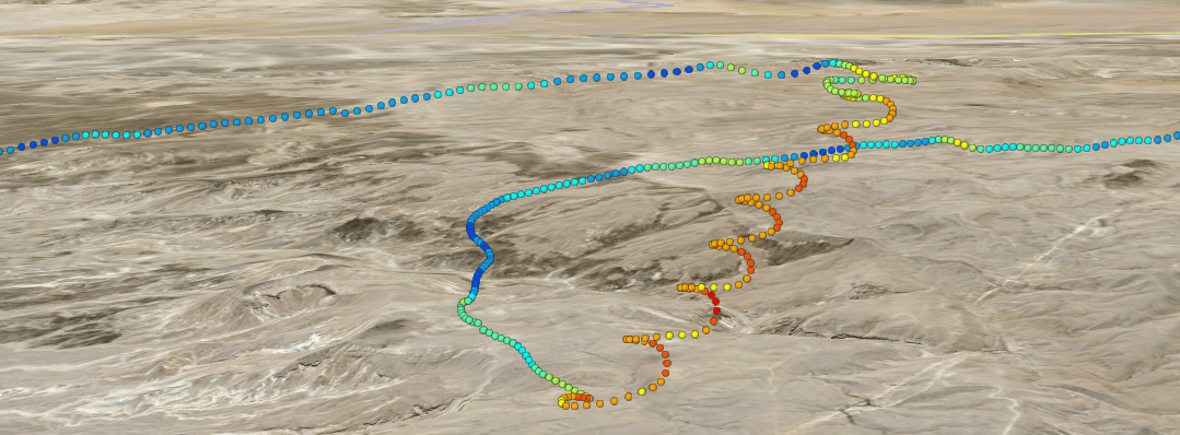An article published in the scientific magazine Science, led by Prof. Ran Natan from the Hebrew University, shows how the "Atlas" system and other data-intensive tracking systems (big data) help research and preserve wild animals in a world where the climate and environment are changing rapidly due to human activity * The system also helped after the research With the avian flu outbreak that affected the cranes

The movement path of the individual, described by the sequence of its positions over time, is a fundamental element in the study of the ecology, evolution and behavior of living beings. The movement of animals affects their survival and reproduction, and is involved in a large variety of important ecological processes such as the spread of species, pollination of plants and the distribution of seeds and microorganisms. Accordingly, the study of the movement of animals is of great importance in dealing with global environmental problems such as the extinction of populations and species, the reduction of biological diversity, climate change, the fragmentation and destruction of habitats, invasive species, the spread of diseases and the spread of pests in agriculture.
A new article led by Prof. Ran Natan published in the leading scientific magazine in the world, Science, reviews old and innovative data-rich technologies for animal movement research, and demonstrates how the correct use of a tracking system and big data, including a unique system developed by Natan and his colleagues, can help not only in groundbreaking research but also in reducing the damage that humans cause to the ecosystem .
"Movement Ecology" is a field of research dedicated to the movement of wild animals which was developed by Prof. Natan and his colleagues and has been experiencing an extraordinary boom in the last decade, mainly thanks to innovative tracking technologies that allow animals to be followed in their natural environment. In the article, the ability of various tracking technologies to produce traffic data in large quantities (big data) was examined and it was found that the "Atlas" system, which was recently developed at the Minerva Center for Traffic Ecology at the Hebrew University led by Prof. Ran Natan from the Hebrew University and in collaboration with Prof. Sivan Toledo from Tel Aviv University, is able to efficiently produce An exceptionally rich database on the movement routes of wild animals. The system is able to automatically track dozens of individuals at the same time, with great accuracy (a few meters, similar to GPS), with high resolution (every second) and for a relatively long time (months) with the help of small and cheap tags attached to the animal.

Prof. Ran Natan explains that "the Atlas system is able to provide a lot of data that allows answering basic questions in the field that could not be answered until now. For example, how do different individuals differ, how are these differences related to the individual's character and cognitive and motor ability? How do these factors affect his chances of surviving and reproducing? For example, with the help of atlas data from fruit bats, we showed the first evidence from wild animals in their natural environment for the existence of a cognitive navigation map in the bat brain. With the help of high-resolution data, it is also possible to discover exactly how individuals and different species react to each other and what drives such interactions between group members, between competing species, and between predator and prey? Other important questions are what is the reaction of wild animals to changes in the environment and human activity? How does the movement of the individual change on different scales in space and time, and how do different species differ from each other?"
Data-rich surveillance systems enable a leap forward in the ability to deal with human-caused damage to wildlife around the world. The article presents many examples of applied insights that can be derived from atlases and other data-rich systems. For example, with the help of an acoustic monitoring system in rivers in Europe, it was found that eels migrating towards the sea change their behavior upon reaching the dams in a way that leads to an increased expenditure of energy which means an increase in mortality in this endangered species. In addition, the use of real-time location data of condors (bird of prey) allows warning of the risk of collision with wind turbines, and location data of albatrosses (sea fowl) allows the detection of illegal fishing vessels throughout the ocean. "Perhaps the best example became clear to us only after the article had already been completed and accepted," Prof. Natan continues, "a short time ago, in December 2021, we faced an avian flu epidemic in Israel that affected thousands of cranes. Broadcast microdata provided information and insights that could not be obtained in any other way. We learned about the plague when it just started, we could estimate that there were thousands of dead individuals when we only knew about a few tens, we extracted from the broadcast data important information about dead individuals, about sick individuals, and we were even surprised to discover a relatively high percentage of individuals who recovered. In addition, it will be possible to estimate the probability of the spread of the disease in general, and from cranes to chicken coops in particular, and this spring we will use this unique information in an attempt to deal with the danger of the appearance of a second wave of the epidemic with the arrival of flocks of migrating cranes (and other species) from Africa to Israel."
More of the topic in Hayadan:
- An international research group gathering at the Hebrew University will deal with the ecology of movement
- "Motion Ecology", an innovative research approach to the study of the movement of living beings, was developed at the initiative of a researcher from the Hebrew University
- The evolutionary reasons why women are colder than men
